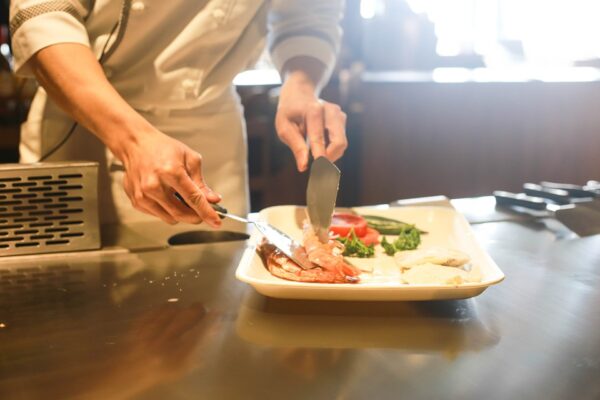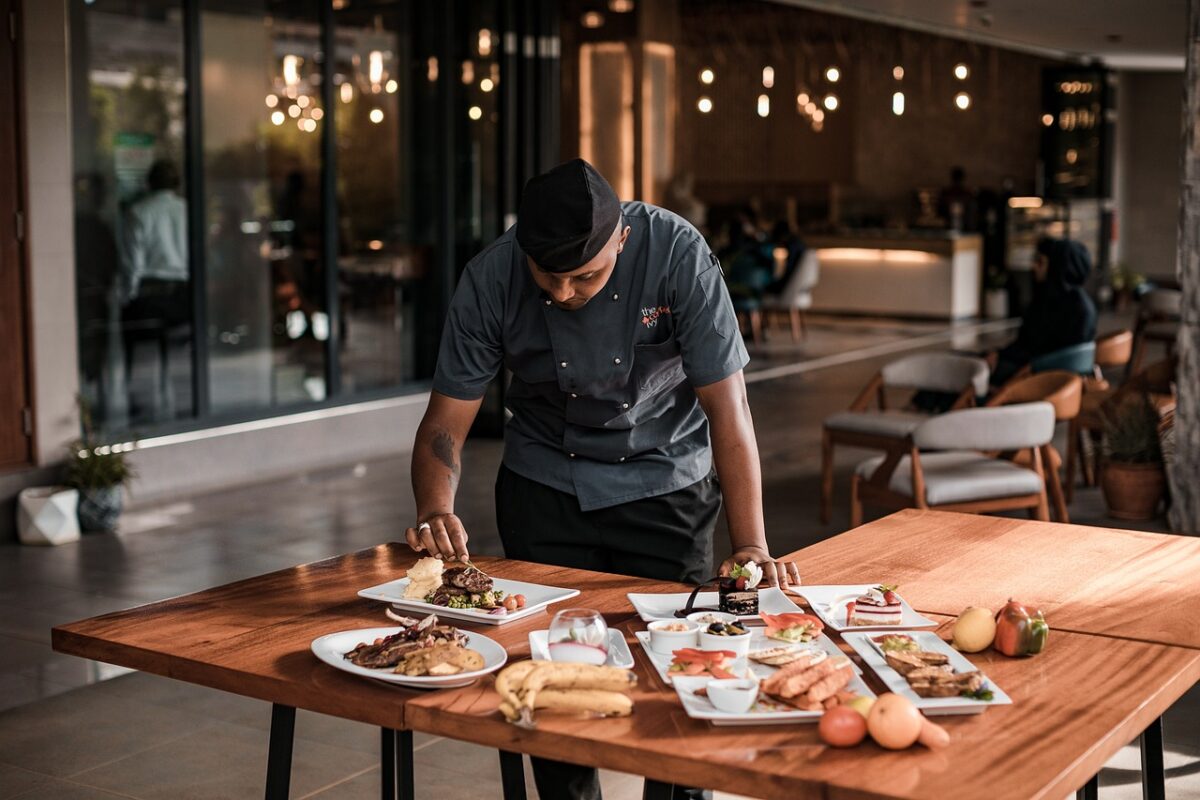Starting a restaurant in Florida can be an exciting and rewarding venture. However, it requires careful planning and execution to ensure success. This guide will take you through the essential steps involved in starting a restaurant in Florida, including acquiring the necessary licenses, finding a suitable location, developing a business plan, and purchasing restaurant equipment.
- Research and Planning
- Market Research: Conduct thorough market research to identify the demand for the type of restaurant you want to open, assess the competition, and identify your target audience.
- Concept Development: Define your restaurant concept, including the cuisine, ambiance, target market, and unique selling points.
- Business Plan: Create a comprehensive business plan that outlines your concept, target market, marketing strategies, financial projections, and operational details. This plan will serve as a roadmap for your restaurant’s success.
- Legal Requirements and Licenses
- Business Structure: Decide on the legal structure of your restaurant, such as a sole proprietorship, partnership, limited liability company (LLC), or corporation. Consult with a business attorney or accountant to determine the most suitable structure for your needs.
- Permits and Licenses: Obtain the necessary permits and licenses to operate a restaurant in Florida. These may include a business license, food service license, liquor license (if applicable), zoning permit, health inspection certificate, and seller’s permit for collecting sales tax. Check with the Florida Department of Business and Professional Regulation for specific requirements.
- Location and Space
- Choose a Location: Consider factors such as visibility, accessibility, parking availability, proximity to target customers, and competition when selecting a location for your restaurant.
- Lease or Purchase: Decide whether to lease or purchase the property. Leasing may be a more affordable option initially, allowing you to allocate more capital towards equipment and other startup costs.
- Space Planning: Work with an architect or designer to create an efficient floor plan that maximizes seating capacity, provides a functional kitchen layout, and optimizes customer flow.
- Financing and Budgeting
- Startup Costs: Determine your startup costs, including lease or purchase expenses, renovation costs, licensing fees, equipment purchases, initial inventory, marketing expenses, and working capital.
- Funding Options: Explore different funding options, such as personal savings, loans from financial institutions, partnerships, investors, or crowdfunding. Prepare a detailed financial projection to support your funding requests.
- Menu Development and Suppliers
- Menu Creation: Develop a menu that aligns with your concept and target market. Consider offering a variety of dishes while ensuring that the menu is manageable for your kitchen staff.
- Ingredient Suppliers: Research and establish relationships with reliable food and beverage suppliers who can provide high-quality ingredients at competitive prices. Consider local and sustainable options to appeal to the Florida market.
- Restaurant Equipment
- Identify Needs: Make a comprehensive list of the equipment required for your restaurant, including kitchen appliances, refrigeration units, cooking equipment, dishwashers, POS systems, furniture, and decor.
- New vs. Used: Decide whether to buy new or used equipment. While new equipment may come with warranties and the latest features, used equipment can be more cost-effective for a startup. Inspect used equipment carefully before purchasing to ensure it is in good working condition.
- Suppliers and Pricing: Research reputable restaurant equipment suppliers and compare prices, warranties, and customer reviews. Consider attending trade shows or browsing online platforms that specialize in restaurant equipment sales.
- Energy Efficiency: Opt for energy-efficient equipment to reduce utility costs in the long run. Look for appliances with ENERGY STAR certification.
- Consider Future Growth: Anticipate your future needs and ensure that your chosen equipment can accommodate your anticipated growth and expansion.
- Staffing and Training
- Hiring Process: Develop job descriptions, conduct interviews, and hire skilled and experienced staff for key positions such as chefs, cooks, servers, bartenders, and managers. Consider their experience, qualifications, and cultural fit with your restaurant’s atmosphere.
- Training and Development: Implement a thorough training program to ensure that your staff understands your restaurant’s vision, menu, service standards, and operational procedures. Continuously invest in staff development to maintain a high level of service quality.
- Marketing and Promotion
- Branding: Develop a strong brand identity for your restaurant, including a logo, website, and consistent visual elements. Create a compelling brand story that resonates with your target audience.
- Online Presence: Establish a strong online presence through a user-friendly website, social media accounts, and online directories. Encourage customer reviews and engage with your online community.
- Local Marketing: Develop partnerships with local businesses, participate in community events, and consider advertising in local newspapers, magazines, and radio stations. Offer special promotions, loyalty programs, and discounts to attract and retain customers.
Remember, starting a restaurant requires dedication, hard work, and attention to detail. Seek professional advice when necessary, and continuously adapt and improve your operations to meet customer demands and industry trends. Good luck with your new restaurant venture in Florida!

